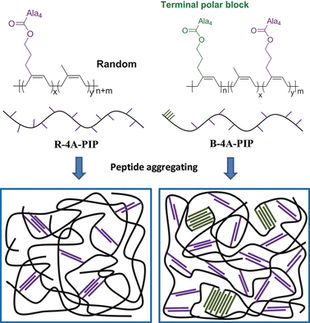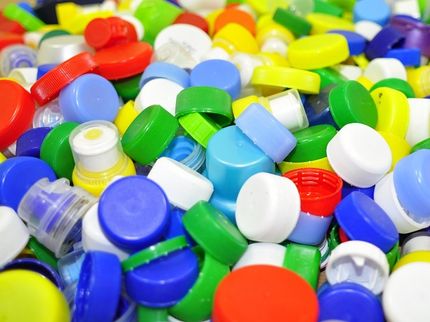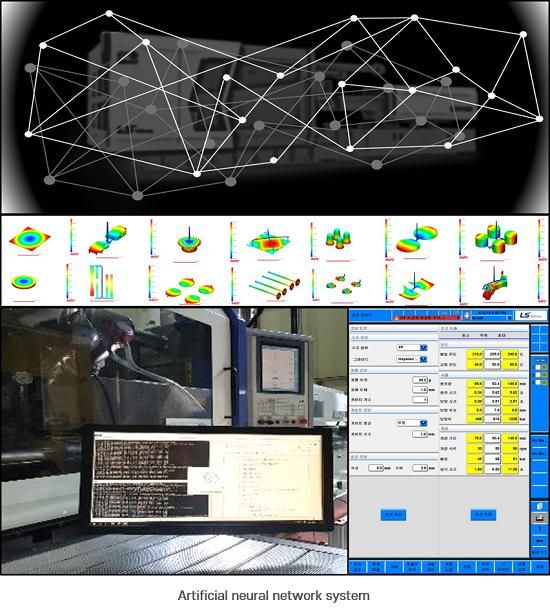LANXESS strengthens commitment to Brazilian automotive sector
Three new projects representing EUR 30 million (R$ 75 million) investment
LANXESS is strengthening its commitment to Brazil with three major new investments totaling roughly EUR 30 million, or R$ 75 million, which will create more than 100 jobs. The investments will support the growing trend toward green mobility in the Latin American country. LANXESS’ high-tech materials will offer innovative solutions to the growing local automotive market.
“We are making major investments that will ensure that we participate in the current and future success of the Brazilian economy,” said LANXESS chairman of the board Axel C. Heitmann ahead of the company’s first Automotive Day in Brazil on October 6. “Brazil plays a key role in our company’s BRICS-strategy and our business there will contribute to our goal of achieving 1.4 billion EBITDA pre exceptionals in 2015.”
Booming Brazilian automotive industry
The three investments include the construction of two new plants at LANXESS’ Porto Feliz site in the State of São Paulo. One is for the production of the high-tech engineering plastics Durethan and Pocan – used primarily by the automotive industry to make cars lighter and more fuel efficient. The new plant, which will be run by the business unit Semi-Crystalline Products, will have an initial capacity of 20,000 metric tons per year. The plant will go on stream in the middle of 2013.
The other new Porto Feliz plant will produce the rubber additives Rhenogran as well as Rhenoshape curing bladders. Rhenogran pre-dispersed rubber additives can significantly improve the quality and durability of a rubber product, while Rhenoshape bladders are used by the tire industry to give tires their final shape and properties. The plant will be run by LANXESS’ subsidiary, Rhein Chemie, based in Mannheim, Germany. It will have an output of 2,000 metric tons per year of rubber additives and produce 170,000 bladders per year. The plant will start in the fourth quarter of 2012.
“We will turn our Porto Feliz site into a major specialty chemicals hub with the latest technology for our customers in Brazil and Latin America,” said Heitmann. LANXESS is already successfully operating a modern plant for inorganic pigments in Porto Feliz.
First bio-based EPDM rubber in the world
The third investment involves a pioneering move to use bio-based raw materials in the production of synthetic rubber. LANXESS is re-engineering parts of its plant in Triunfo, Rio Grande do Sul, in order to produce EPDM rubber from bio-based ethylene. The Brazilian company, Braskem S.A., will supply the ethylene, derived from sugarcane, by pipeline as of November 2011. This represents the world’s first production of bio-based EPDM rubber which will be named Keltan Eco. A quarter of the 40,000 metric tons annual capacity at the Triunfo plant is earmarked for Keltan Eco.
“The use of bio-based raw materials to produce synthetic rubber at the Triunfo plant is in keeping with LANXESS’ ongoing commitment to green chemistry,” said Heitmann.
Extra capacities of high-performance rubber for ‘Green Tires’
LANXESS is the leader in high-performance synthetic rubbers for ‘Green Tires’ – the fastest growing sector in the tire industry, with an annual growth rate of about 10 percent. Demand is being driven by the megatrend mobility as well as motorists calling for higher environmental and safety standards. In addition, demand will be accelerated by tire legislation in the European Union, which aims to reduce CO2 and noise emissions by promoting ‘Green Tires’ that do not compromise on safety. Corresponding legislation has also been passed in South Korea.
In order to meet this demand, LANXESS is expanding its global capacities for high-performance rubbers used in ‘Green Tires’, including those at its Brazilian sites. LANXESS has been implementing a capacity expansion at its production facility for neodymium polybutadiene rubber (Nd-PBR) in Cabo de Santo Agostinho, Pernambuco. It will complete the expansion by the end of 2011, doubling capacity to 40,000 metric tons per year. In addition, LANXESS has upgraded technology at the plant to the same levels used at its Nd-PBR plants in Germany and the USA.
Nd-PBR is used in the treads and sidewalls of ‘Green Tires’. It helps reduce the energy consumption or rolling resistance of a tire. Nd-PBR also reduces abrasion thus playing a significant role in making tires more durable.
Technology upgrade for high-performance rubber at Triunfo
At the same time, LANXESS has already initiated a feasibility study to implement new technology in order to switch production of emulsion styrene-butadiene rubber (ESBR) used in standard tires to solution styrene butadiene rubber (SSBR) used in ‘Green Tires’ at Triunfo. The current capacity for ESBR in Triunfo is 110,000 metric tons per year and the switch would potentially require a medium-size, double-digit million EUR amount. A final decision will be made mid-2012.
SSBR is mainly used in the tread compound of 'Green Tires', where it helps to reduce rolling resistance and improve grip on wet roads. ‘Green Tires’ can reach their peak performance with formulations containing both SSBR and Nd-PBR.
Successful growth story in Brazil
These latest investments are part of LANXESS’ growing presence in Brazil. The German company that purchased Petroflex in 2008 had started with more than 400 employees in Brazil seven years ago. Today it employs roughly 1,000 workers and is one of the largest chemical companies in Brazil.
Brazil is also one of the most successful and fastest-growing markets for LANXESS products. The country accounted for less than one percent of LANXESS’ global sales in 2005. Today it accounts for roughly 10 percent of global, sales. Furthermore, Brazil sales reached a record EUR 701 million in 2010. Heitmann: “And we are well on track for another record year in 2011.




























































